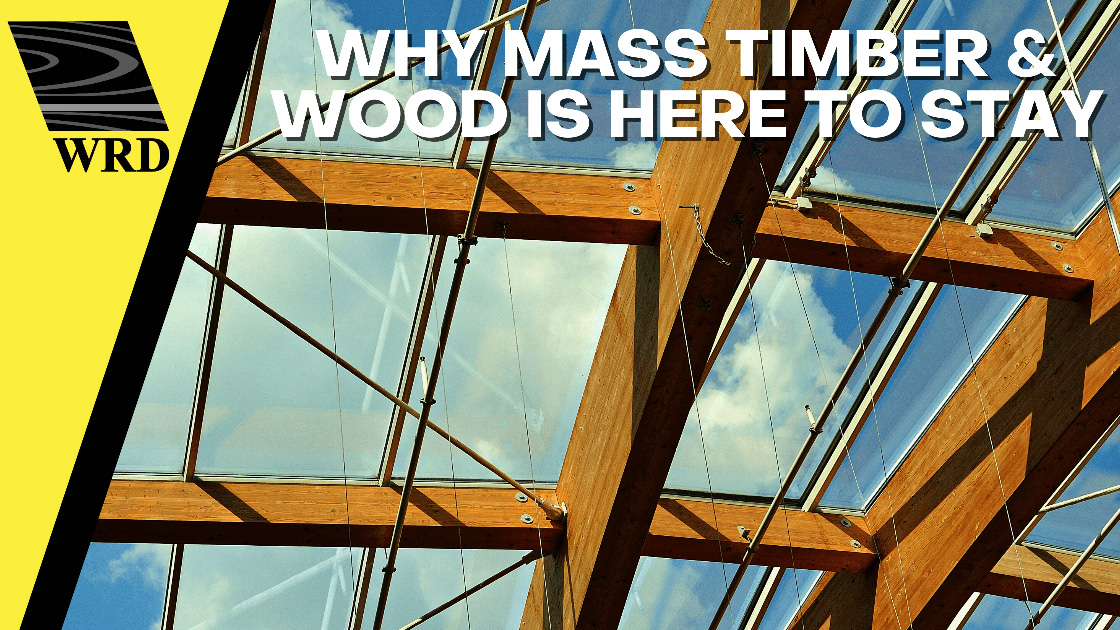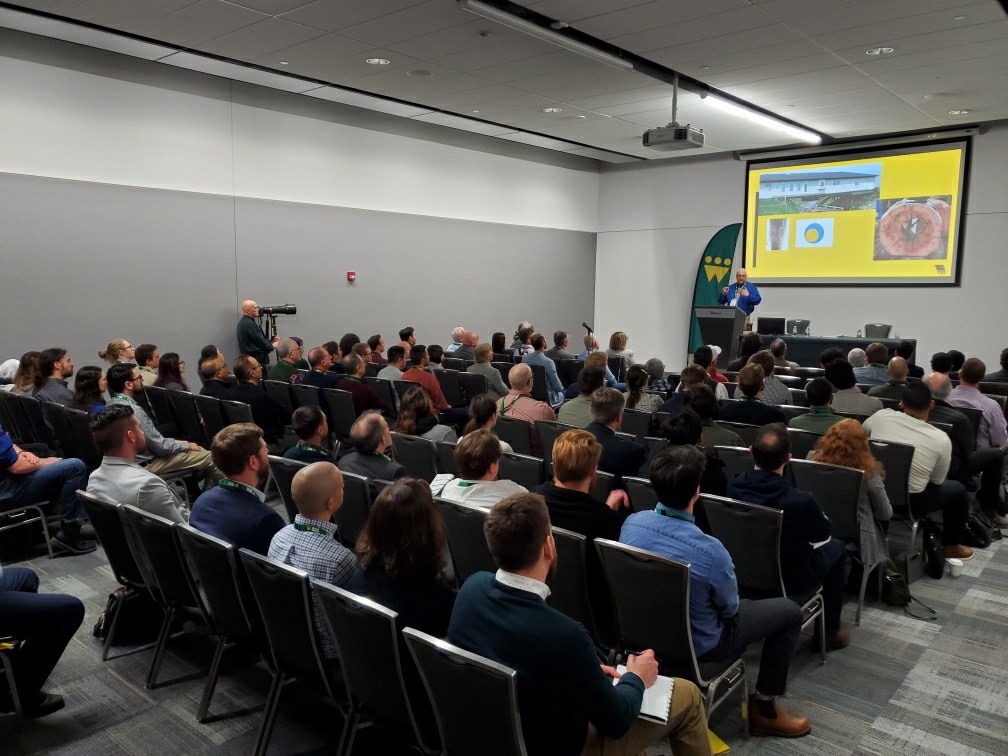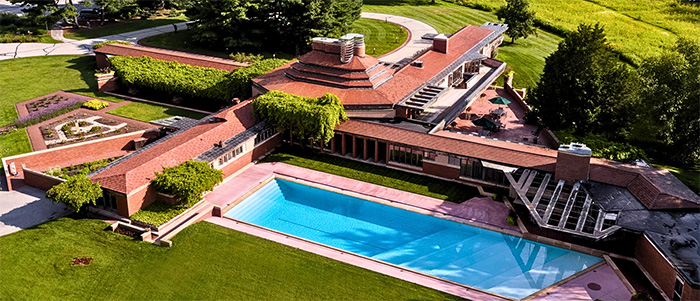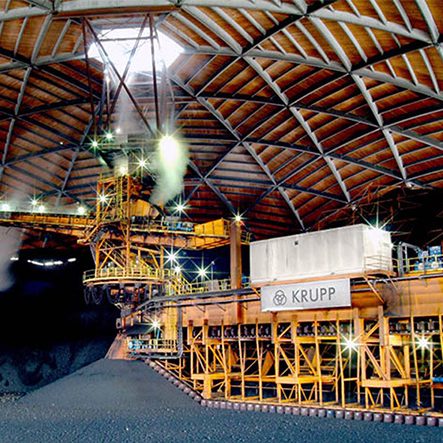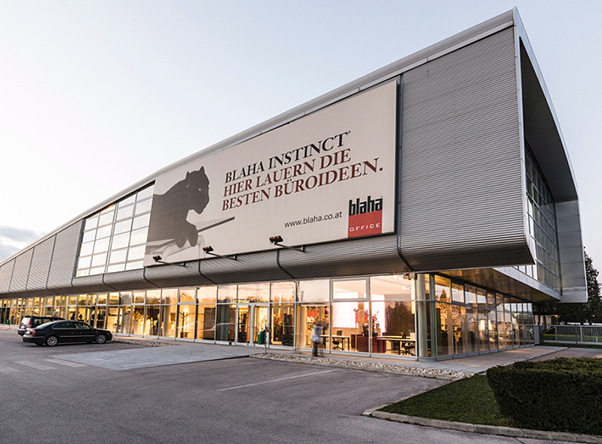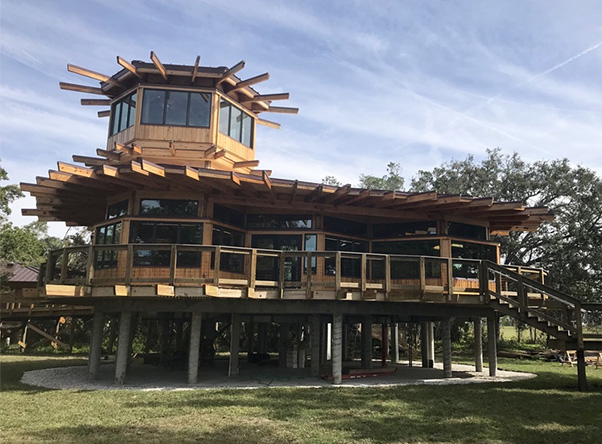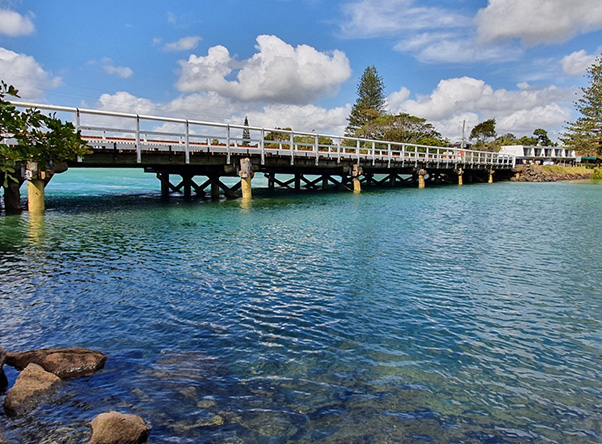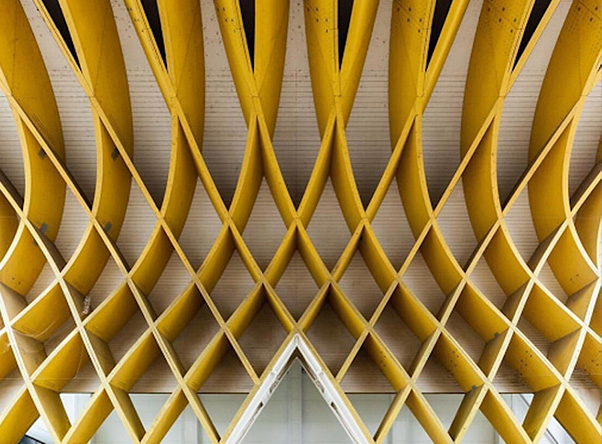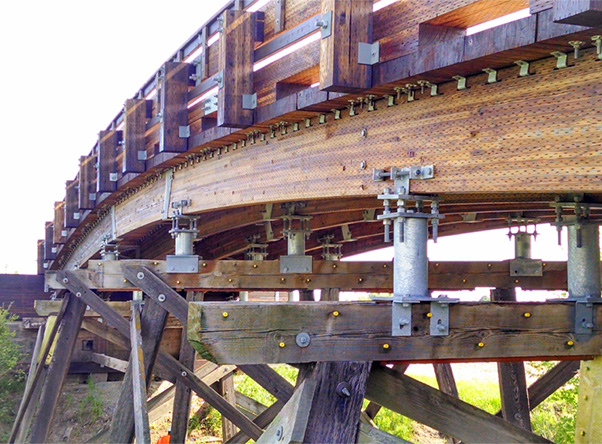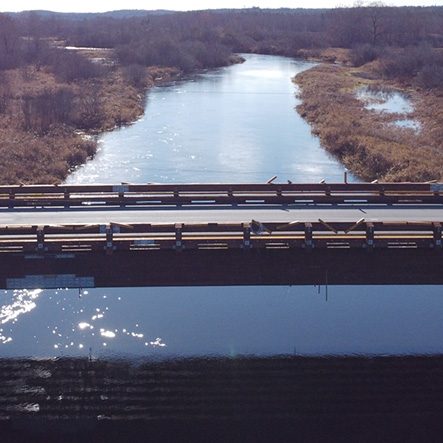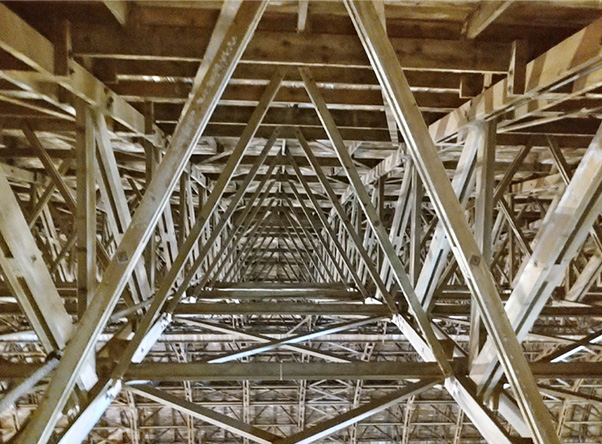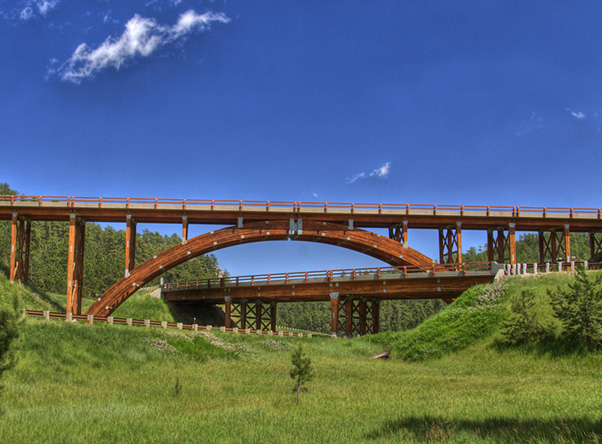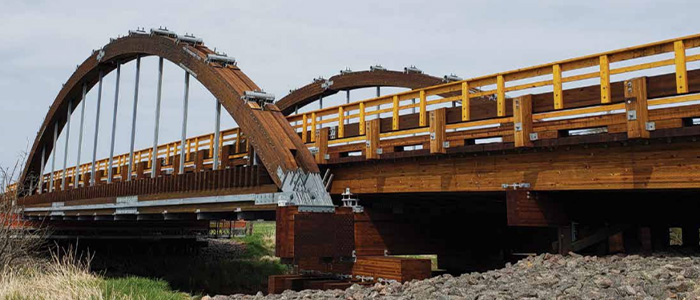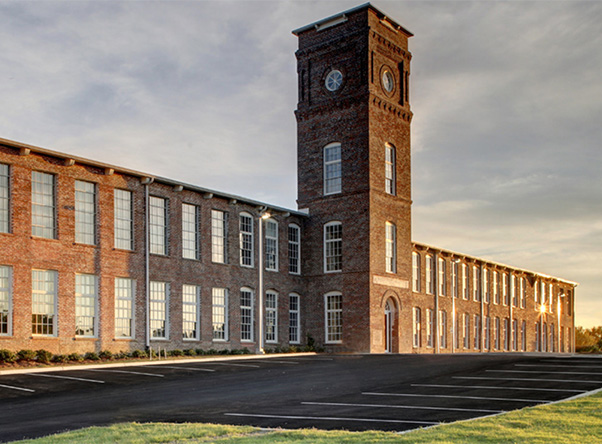You’ve seen the term around social media, conferences, and journals and have heard about it on podcasts, what exactly is Mass Timber? If you aren’t precisely sure, or why everyone seems to be raving about its applications then this is the blog article you needed. This article will provide the facts to help you understand Mass Timber and its benefits.
What is Mass Timber?
Mass Timber (MT) and Mass Timber Construction (MTC) are terms used to describe the family of large engineered timber products, MT is a product that’s built from layers upon layers of sustainably sourced wood boards, nailed, glued, and laminated together. Such as cross-laminated timber (CLT), laminated veneer lumber (LVL), and glue-laminated timber (Glulam) among other mass wood products. Overall it is an innovative composite material of engineered wood products that are designed to be used as building materials for construction projects. The applications of MT are vast it is used to make a variety of structural elements for both support and aesthetic purposes. These applications are the driving force behind why it is being championed as an alternative to concrete and steel in the building industry. MT has a host of benefits, such as high strength and stability, low thermal conductivity, being environmentally friendly and cost effective. MT is becoming increasingly popular especially in countries with sustainable forestry programs, like Canada.

Figrue1 Visual representation of the different major types of Mass Timber products. Source: Extracted from Gong, M. (2021). Wood and Engineered Wood Products: Stress and Deformation. In (Ed.), Engineered Wood Products for Construction. IntechOpen. https://doi.org/10.5772/intechopen.101199
Why does everyone love it?
Sustainability
As the world pushes ecological awareness as a necessity, not a luxury the wood technologies and alternative materials and by products has risen in popularity. When looking closer at the facts it’s clear to see, Mass Timber is a natural, renewable, and sustainable construction material with a lower carbon footprint than other construction materials. Despite conventional opinion Mass timber is a viable replacement for concrete and steel, the two materials responsible for most embodied carbon emissions in today’s construction industry. According to a study done by Yale and the University of Washington that was published in the Journal of Sustainable Forestry, replacing steel and cement in large-scale building projects with MT products could cut CO2 emissions worldwide by up to 31%. Also, MT requires little energy to produce, particularly in comparison to other conventional construction materials like concrete and steel, and naturally sequesters greenhouse gases. It not only has the potential to lower the total carbon footprint of the structure during the building phase it also produces negative emissions through biological carbon sequestration. See the graphic below from a study completed by Zakrzewski and Gray that displays the disparity in Carbon emissions produced by the above-mentioned materials.
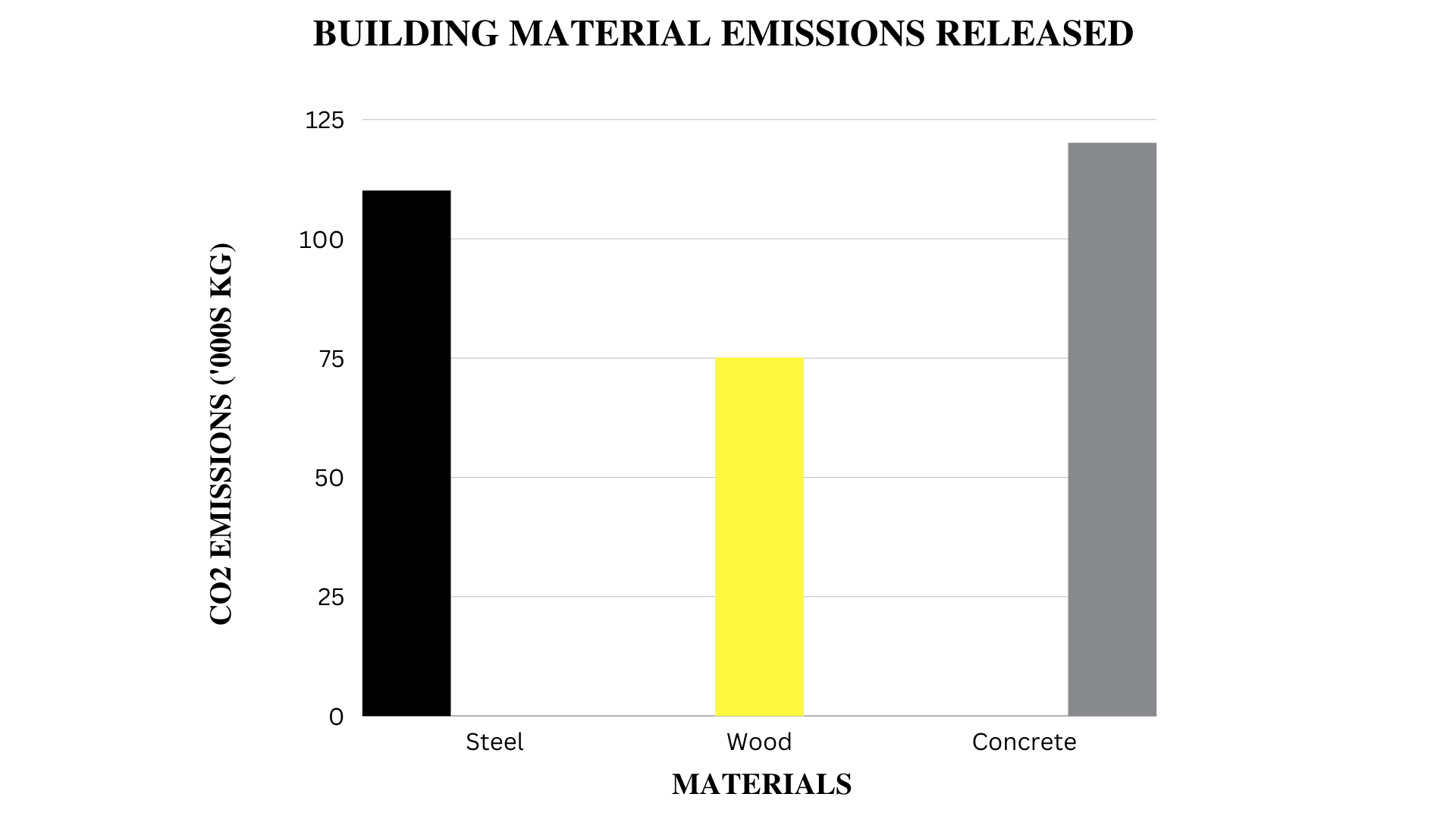
Figure 2 Extracted from “Addressing Embodied Energy with Mass Timber”, S.Zakrzewski & A. Gray
(https://passivehouseaccelerator.com/articles/addressing-embodied-energy-with-mass-timber)
Another point that’s rarely discussed is its waste from construction, where timber is the best option as well; timber generates less waste than structures supported by steel and concrete. Additionally, harvesting Mass Timber for construction purposes can be done in an eco-friendly way. Mass Timber is grown as a crop, and only selected trees are taken from the forest when it reaches maturity. This practice allows it to be harvested sustainably, with minimal disturbance to surrounding ecosystems and wildlife habitats while also allowing them to remain undisturbed and restored for the future.
Durability
Mass Timber has been proven to be strong and reliable in high-performance buildings, making it an ideal solution for groups looking to construct projects that are both aesthetically pleasing and sustainable. Mass Timber offers numerous advantages over conventional construction materials like steel, concrete, or brick; Mass Timber is lighter and easier to install, allowing for faster completion times and fewer labor costs. Due to its lightweight nature, Mass Timber offers structural advantages specifically when it comes to seismic performance due to its often smaller foundations and lower forces for seismic resistance. It also has fire resistance properties due to the natural exterior charring that occurs in large wood members allowing mass timber to retain its structural integrity over an extended burn period allowing it to remain load-bearing during a fire. Timber possesses exceptional natural insulating properties that create a barrier between hot and cold. The Strength-to-Weight Ratio of engineered timber is lighter in weight than steel or concrete, with a strength-to-weight ratio approximately 20% higher than steel and 4 to 5 times that of non-reinforced concrete. Simply put, it can support its own weight better, which allows for larger spaces and fewer necessary supports in some building designs. These advantages, among many others, make it a viable alternative to conventional materials in any large-scale building project.
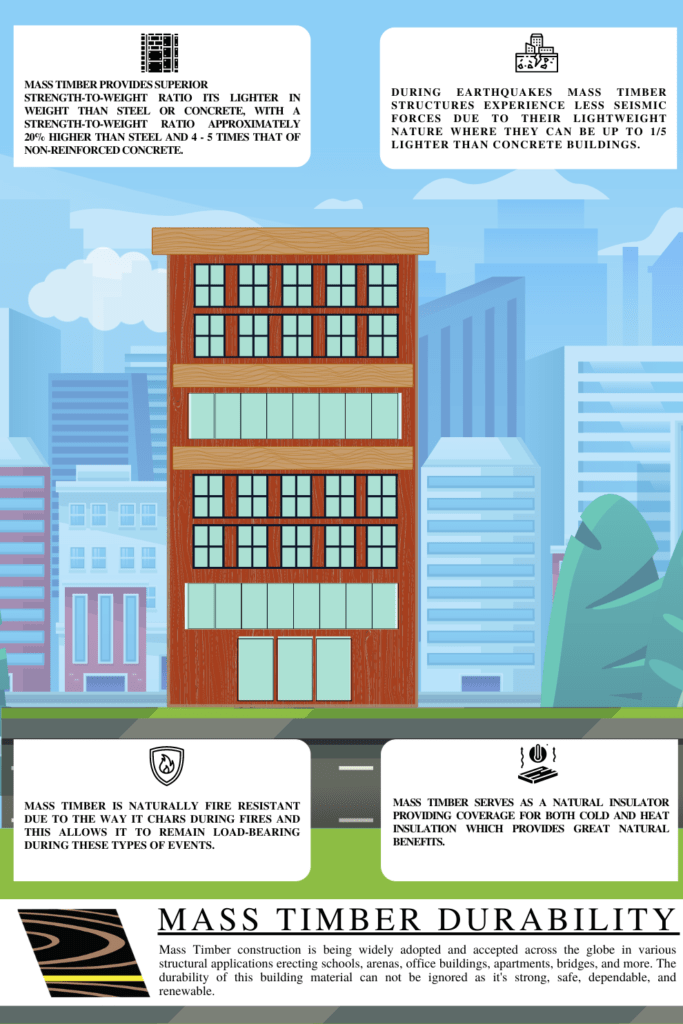
Versatility
Mass Timber is a versatile material that can be used in various construction projects. it is most commonly used as structural elements like arches, beams, columns, support trusses, and floor decks, but it can also be used for interior finishes such as walls, ceilings, and roofing. MT products are available in a variety of shapes and sizes to meet specific building needs and they can be used as an aesthetically pleasing alternative to steel or concrete. Mass Timber can also be combined with other materials, such as glass or aluminum, to create unique and beautiful designs. Examples of Mass Timber projects include bridges, commercial buildings, multi-family dwellings, office spaces, and educational facilities. Mass Timber has also been used in artistic installations to create unique and eye-catching designs. Mass timber is an ideal material for a variety of projects, from small-scale residential to large-scale commercial projects. Mass Timber has the potential to revolutionize the construction industry as we know it.
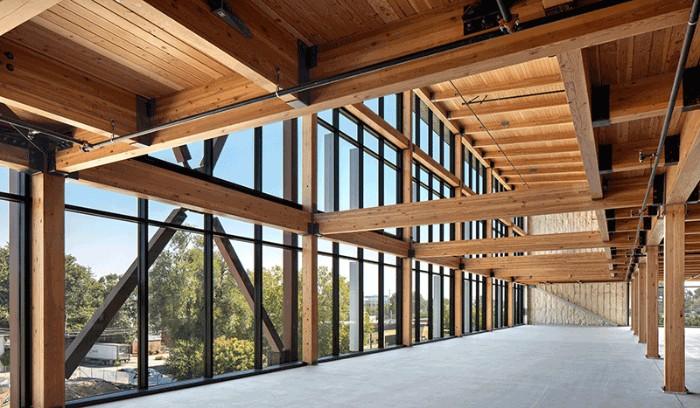
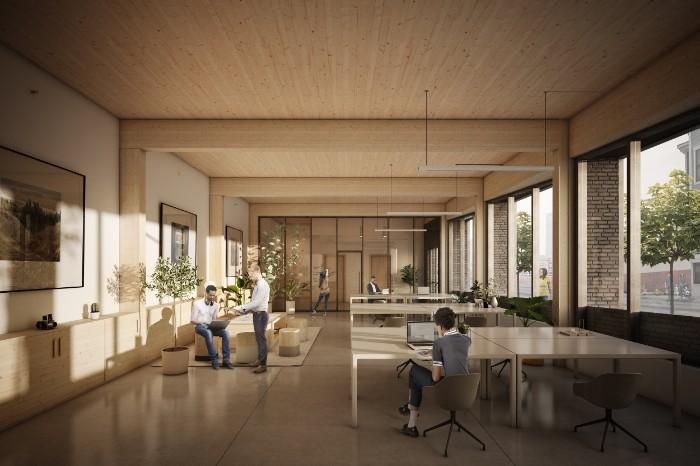
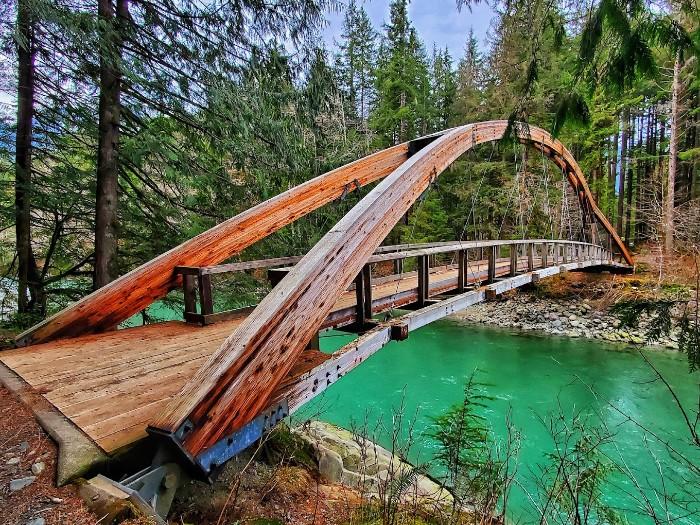
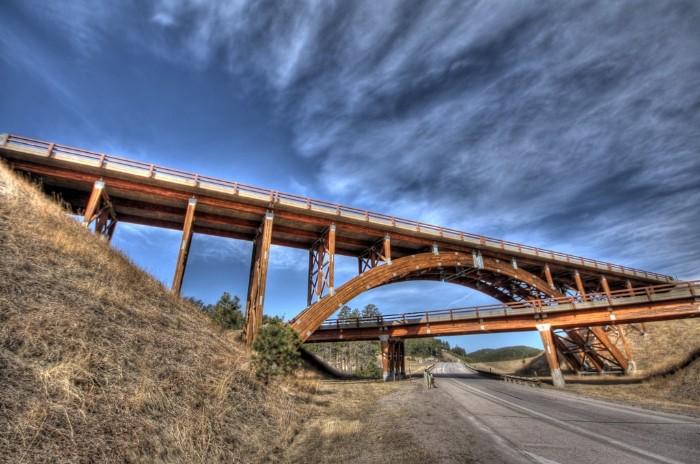
Conclusion
Mass timber has been growing in popularity among engineers, project managers, and architects due to its sustainability properties and ecological sourcing of raw materials, carbon sequestration capabilities, versatility, fire durability, and high-efficiency production with low waste. Mass timber is quickly becoming the construction material of choice for many projects due to its cost savings in both build and labor time, as well as saved material costs. Mass timber is a strong contender in the field of construction materials and is here to stay as an accessible, sustainable building option.
Wood Research and Development
For more information on Engineering, Structural Engineering, Timber Repair, restoration, inspection, testing, or wood technology topics please subscribe to our blog below. Also, to find out more information on Wood Research and Development (WRD) and the services we offer, and how we can help you with your next project please visit us here

